Pruning Fruit Trees
While They Are Sleeping...
The two most important things you can do to ensure healthy, fruit-bearing trees are best done while they are sleeping (dormant).
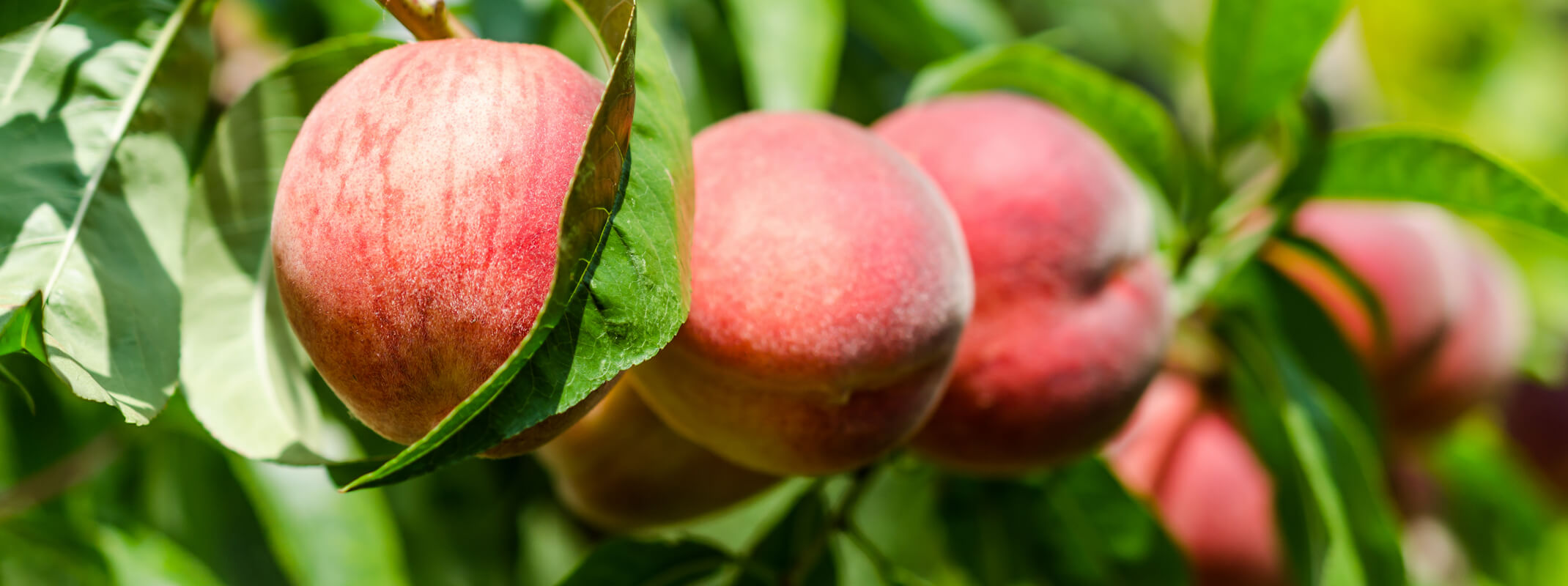
Vow to Prune and Protect
Dormant Spray Treatments – It's important to be aware of ailments before applying dormant sprays.
General application rule: once the tree is leafless, apply the product three (3) times during the dormant season; each application should be 30 days apart, especially on peaches and nectarines. Before buds swell, we recommend:
- 1st Application – Thanksgiving
- 2nd Application – New Year's Day
- 3rd Application – February 1st
Fruit trees need two (2) types of winter protection—against Insects and Fungus
Insect Prevention
Bonide All Seasons Horticultural Spray Oil: The organic option to control all insect pests. Superior type paraffinic oil for use as a growing season spray, dormant spray (not on leaves) or delayed dormant spray. Available in RTU and Concentrate bottles.

Fungus Prevention
Monterey Liqui-Cop: Liquid copper fungicide* spray naturally prevents leaf curl, shothole, brown rot on almonds, apricots, peaches, nectarines, walnuts and citrus. Available in concentrate and ready to spray (RTS)s bottle.

Bonide Liquid Copper Fungicide*: Copper Sulfate 7% organically treats Brown Rot, Black Spot, Blotch, Downy and Powdery Mildew, Fire Blight, Leaf Spot, Peach Leaf Curl, Rust and Scab. Available in RTU and Concentrate bottles.

* Copper Fungicide sprays should be applied 24 hours before oil treatments, early in the day without wind and 24 hours before expected rain. Be certain to apply before buds break—never after.
How to properly prune your fruit trees:
Pruning recommendations based solely on NEW fruit tree plantings.
The best time to prune your fruit trees is when they are dormant; you can see what you are doing and remove all of the dormant buds, which helps the remaining buds become stronger. Summer pruning can lead to slow fruit ripening and exposes fruit to sunburn. While it is true that pruning best practices can be specific to the type of fruit tree, these 3 simple steps will work for most:
Step 1: Clean Up – Start by pruning away any wood that is dead, damaged or diseased
- Remove any sprouts (suckers) coming from the base of the trunk.
- Remove any perfectly vertical branches or "watersprouts" that may be growing from the main branches.
- Prune the branches back so they are flush to the larger limb they are growing from — don't leave little stubs.
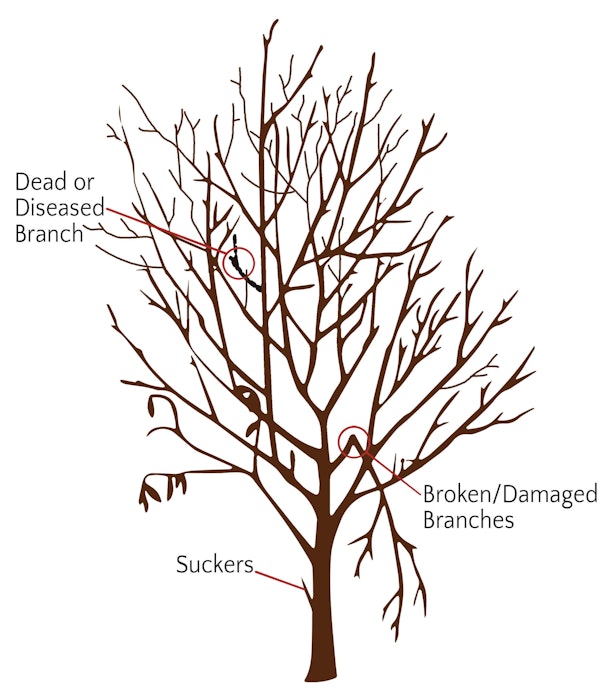
Step 2: Thin Out – The object of thinning is to allow more light and air in, which will boost fruit production and reduce pests and diseases.
- Remove any branches that grow downward, toward the center of the tree or that cross paths with another branch. The goal is to have evenly spaced branches splaying out in a pleasing, fractal-like pattern from the center.
- Thin out where there are multiple branches competing with each other. You might find two or more growing from a single crotch at a narrow angle. Retain the branches with the healthiest appearance and best crotch angle. Wide angles can break with fruit.
- Continue to thin the tree until there is a good 6 to 12 inches of air space around every branch. The smaller the branches are, the closer they can be to each other. All clean up cuts should be made flush to the branch.
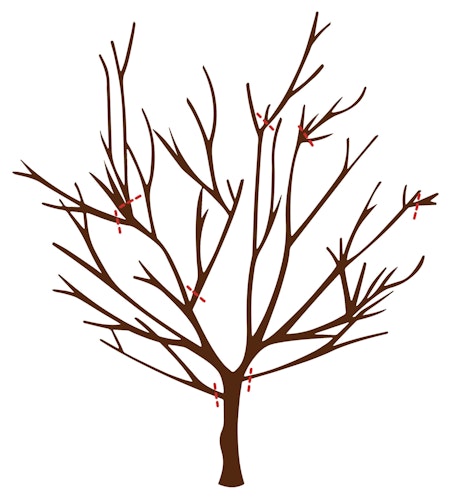
Step 3: Slight Trim – This is the easiest step. Think of it as giving your tree a haircut.
- Cut off 20% to 30% of last year's growth. You can distinguish last year's growth from two-year-old growth by the wrinkly ring of bark encircling each stem. Depending on the tree, this may be anywhere from 2 inches to 4 feet back from the tip of each branch. These cuts will be made part way into each branch. Prune each branch back to a point one-quarter of an inch above a bud that faces the direction you want that branch to grow in the coming year.
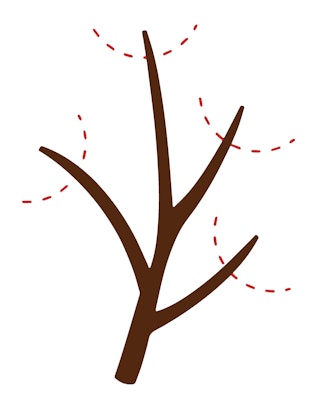
How to Prune - by Variety
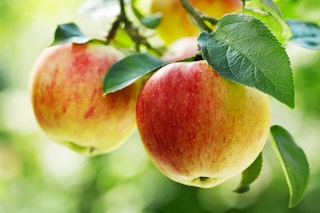
Apple Tree
Apples grow on short, stubby spurs that can produce for 20 years. Spurs form near base of new wood. Don’t remove theses spurs, as you can stunt production or even kill the tree. Prune hard to remove weak, dead or poorly spaced branches before the fruit begins to drop to avoid removing spurs. Keep the center of the tree open and remove any suckers. Each year you can prune and remove up to two-thirds of new growth.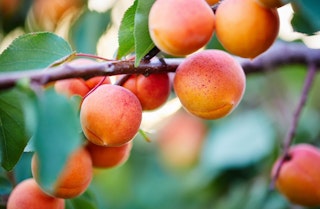
Apricot Tree
Fruit will grow on 1-year-old shoots, or on 2 to 3 year old wood. Wood is brittle; pruning back to fat wood prevents breakage caused by the heavy fruit weight. It is best to prune right after the tree has fruited, which will most likely be late summer or early fall. Modified Central Leader is the best fruiting style for apricots. May need additional pruning in the summer to control height. Prune 2-3 times in the summer to remove excess growth.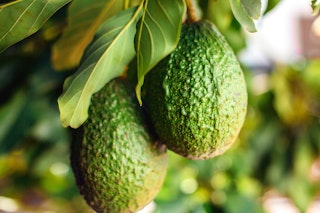
Avocado Tree
Avocados will grow at the ends of new twigs. Pruning should not be done in early spring or late summer. Thinning improves air circulation and fruit quality, though this may sacrifice some fruit. Avocados do not ripen on the tree. A mature avocado fruit can remain on the tree for several months. Once harvested, let the fruit ripen for 3 to 8 days before enjoying.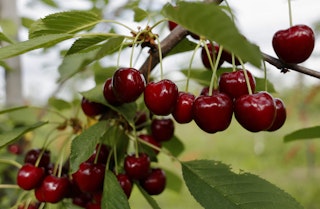
Cherry Tree
Requiring little maintenance, cherries need to be pruned only to shape and remove upward growth. To reduce the risk of Silver Leaf disease, prune cherry trees in the summer. Both fruit and flowers form on long-lived spurs.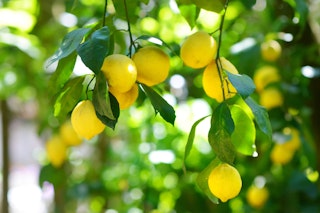
Citrus Tree
Citrus trees only need to be pruned to manage height and improve air circulation. Be careful not to prune off buds and blossoms of future fruit.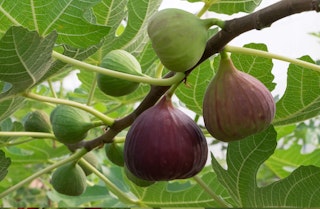
Fig Tree
Fig Trees will produce 2 crops per year. The first crop of fruit will usually grow on the previous year’s wood in June and then a larger crop will come in late summer to early autumn. Prune to remove old, unproductive branches and increase air circulation. Avoid cutting out new productive wood.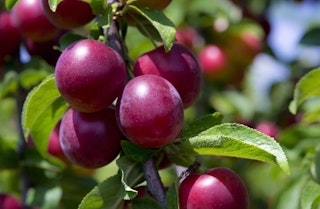
Plum Tree
Plums grow on wood that is at least 2 years old and can produce fruit for 10 years. Plums need a lot of pruning to control vertical growth. Cut back 1/2 to 2/3 of the new growth every year, keeping the center of the tree open and thinned. The best time to prune is summer to educe the risk of Silver Leaf disease.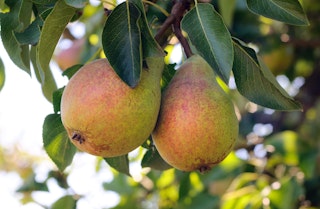
Pear Tree
Pears grow on spurs of wood that are at least 2 years old. Prune lightly to shape the tree and prevent overcrowding. Prune in late summer after the seasonal growth has ended and the wood has hardened.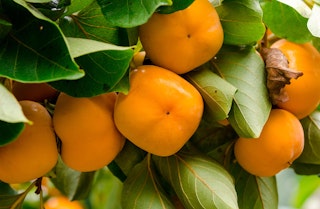
Persimmon Tree
These brittle trees are best pruned when dormant. Prune to develop strong angles. For older trees, prune to thin out branches, remove dead wood & shape your tree.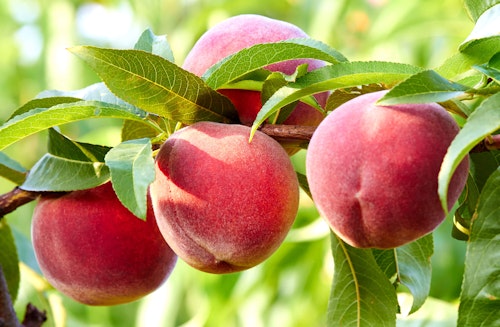 Nectarines, Peach and Almond Trees
Nectarines, Peach and Almond Trees
Stone fruits will benefit from thinning and will produce larger, tastier fruit. Stone fruit trees can handle heavy pruning. Fruit typically buds in the center third of branches, so you will want to thin the top of the tree to allow more light into the center. To prevent breakage from the heavy fruits, prune the outer third of the tree and previous year’s growth or remove 2 out of every 3 branches. Spring is the best time to prune to maximize fruit production.
Visit your local SummerWinds Nursery today and let our Trusted Garden Advisors assist you further with pruning your specific variety of fruit tree. At SummerWinds Nursery, we guarantee success!

